Enstrumental + Hebru Brantley
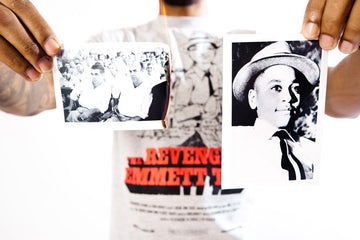
“THE REVENGE OF EMMETT TILL”
A Film Inspired By The Righteous
2015
He was kidnapped.
He was tortured.
He was murdered.
His killers were acquitted. Quickly.
Emmett Louis “Bobo” Till was a 14-year-old African-American teenager from Chicago, who was murdered in Money, Mississippi, after reportedly flirting with a white woman.
After his death, Emmett Till’s body was returned to Chicago at the dauntless demand of his mother, Mamie Till Bradley. She insisted on a public funeral service with an open casket; she wanted to show the world the brutality of the slaying. The open-coffin funeral exposed the world to more than just her son’s bloated and mutilated body. Her decision focused attention on not only American racism and the savagery of lynching, but also on the restrictions and susceptibilities of American democracy.
In 2013, I met Simeon Wright and Wheeler Parker at a church in Argo, IL, in which Simeon was a deacon, and Wheeler was a pastor. They were 2 of Emmett’s cousins who resided in Money, that Emmett wanted to visit during his trip to Mississippi. At the church, I conducted a 3-hour interview with Simeon, as he was laying in the bed next to Emmett on the early morning of August 28, 1955, when 2 white men kidnapped Emmett, tortured him, and subsequently murdered him. Based on this interview, I eventually wrote and produced a documentary film titled “The Revenge of Emmett Till. This film was released in 2015, 60 years after his death, and was a visual collaboration produced by me, and world-renowned visual artist/painter – Hebru Brantley.
NOTE: The title and visuals associated with “The Revenge of Emmett Till” was inspired by the 1967 blaxploitation horror film titled “J.D.’s Revenge, and was based on a shirt/concept collaboration between me and Hebru as part of our “The Assassination of Assassination” series.
The film is composed of 3 parts:
- The eyewitness story of Emmett Till in the summer of 1955, as told by Simeon
Wright, including race relations in Mississippi, the store incident, the kidnapping, the murder, the trial, and the aftermath.
- Interviews with Hebru Brantley and Lupe Fiasco on the story of Emmett Till, Hebru’s painting, the collaboration, the inspiration, and the cultural effects/impact of this event in history.
- A verbal narrative breaking down the meaning of the term “Revenge.” “Revenge” not in the literal sense, but rather in the metaphorical.
The film was sparked by the horrific and unabashed assassination of Emmett
specifically, and in general, by a plethora of those individuals, who throughout the history of man, have engaged in the willful and unlawful death of the innocent.
“The Revenge of Emmett Till” analyzes the gruesome and horrific murder of Emmett. It follows the writer, Drew, as he obtains intimate stories from the mouths of those who knew Emmett best – his family. The questionable account of what took place the afternoon Emmett reportedly “flirted” with a white woman, does not compare to the validity of the monstrous act of murder he encountered.
Emmett’s story displays numerous levels of despair and heartache with a judicial
system that failed him and his loved ones. The film is an intense and intelligent
perspective from and for a younger generation who deserves the knowledge that history books choose not to acknowledge. Furthermore, it identifies, explores, and promotes working solutions in addressing race relations and the injustice of human rights.
Flavored with the sounds of Hip Hop giants such as A Tribe Called Quest, Public Enemy and Kanye West, I desired for this cinematic expression to leave the viewer feeling aware, uplifted, and empowered.
The importance of the production can be summed up in short: Emmett’s death should not be in vain. The objective of this film is to ensure that his memory lives on in light, and not be muddled in darkness.
The film was shown in full length to a group of private attendees at the following locations:
Gene Siskel Film Center – 09/13/2015
Howard University – 10/20/2016
Google – 01/12/2017
Burrell Communication (Burrel Culture Team) – 02/20/2017
Chicago State University – 03/17/2017
Each showing featured not only the screening, but also a panel/discussion with the audience.
Shortly after the release, we also developed curriculum around the film, which we showed and taught to high school students at various Chicago Public Schools (CPS).
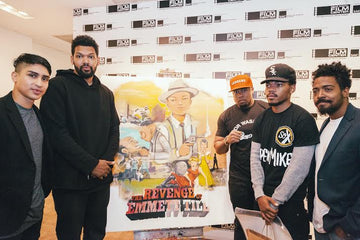
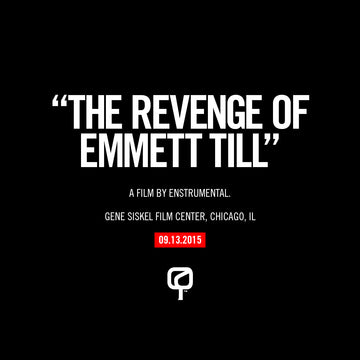
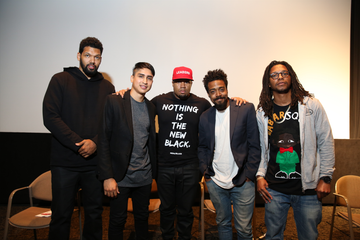
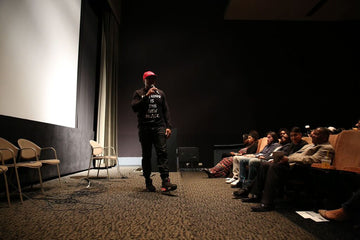
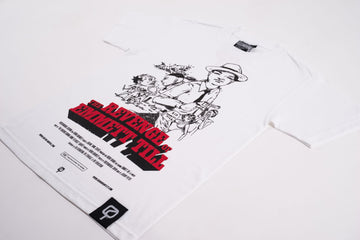
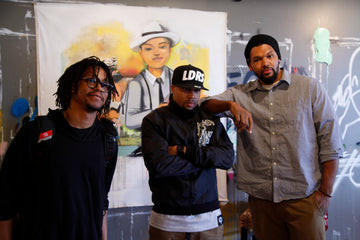
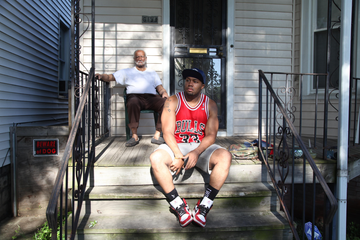
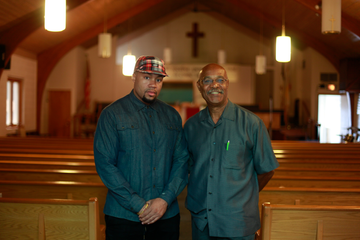
The "THE REVENGE OF EMMETT TILL" Collection
— Chuck D (from Public Enemy). “Can’t Truss It.” Verse 3.



